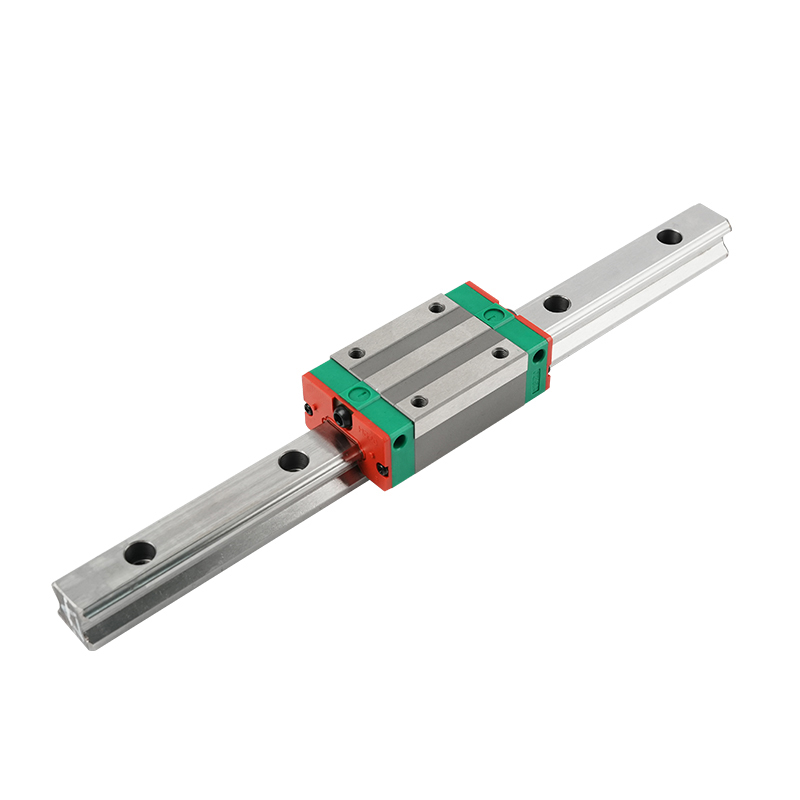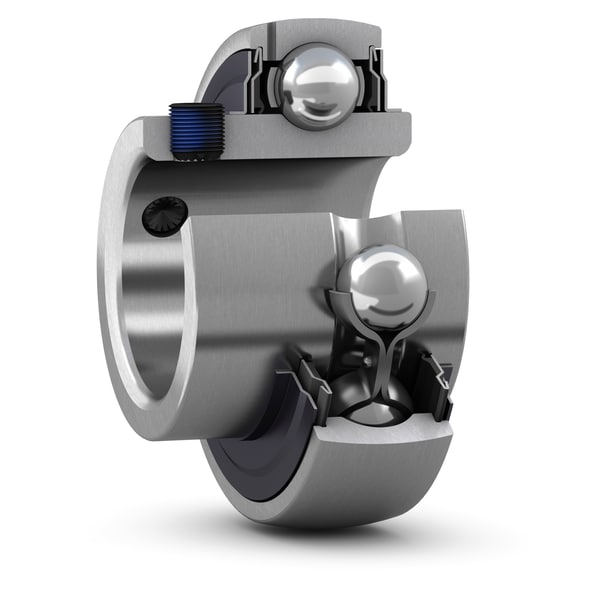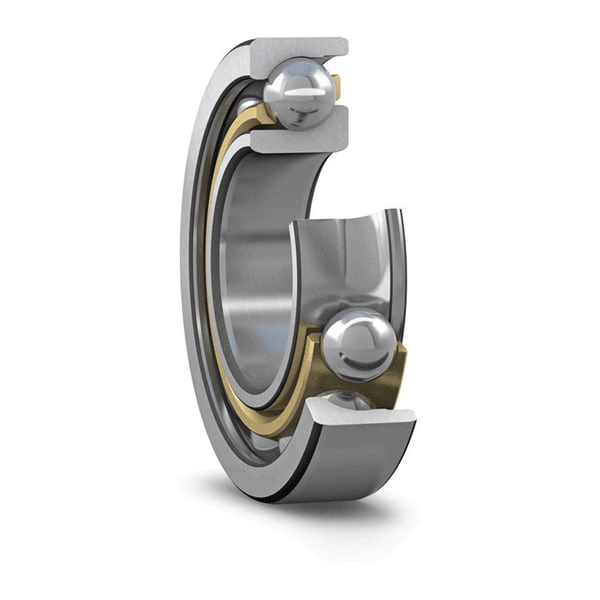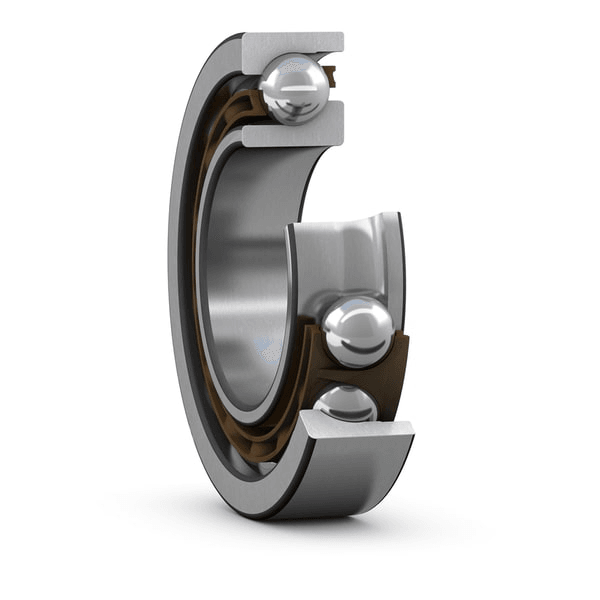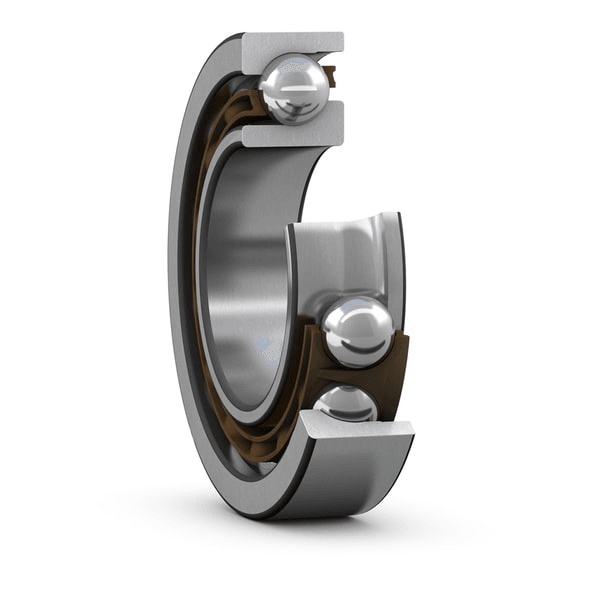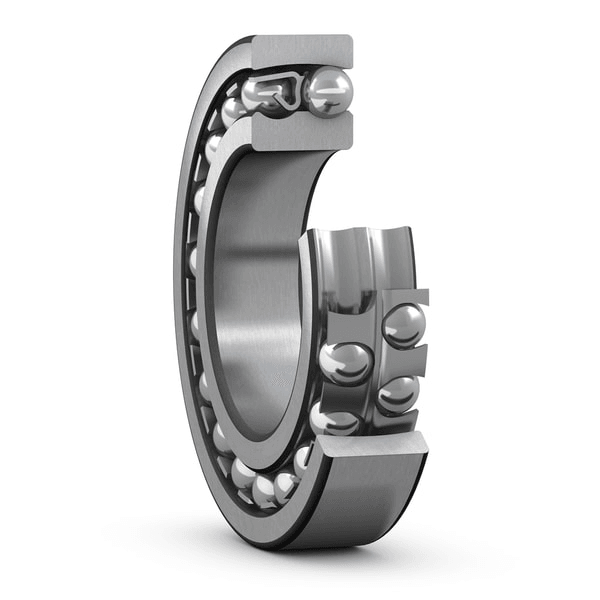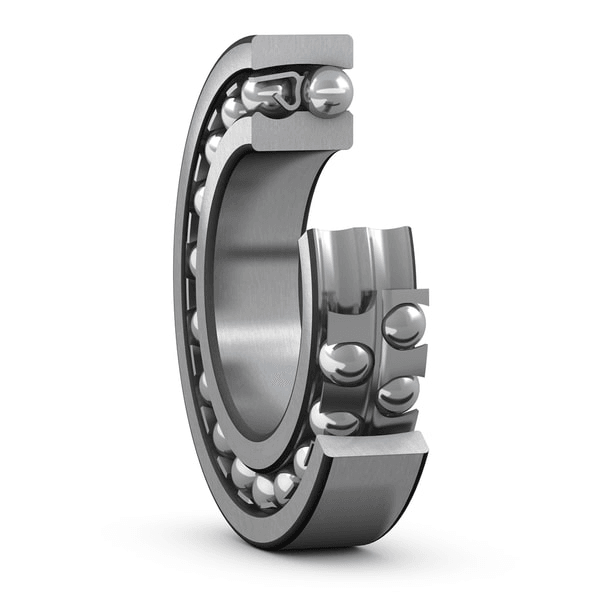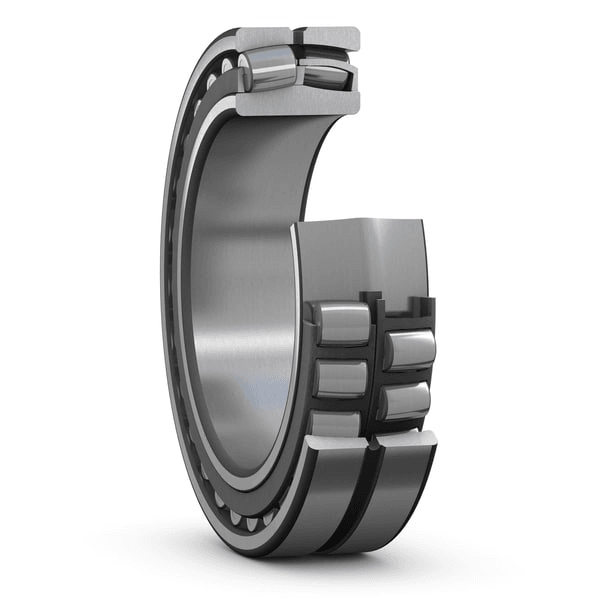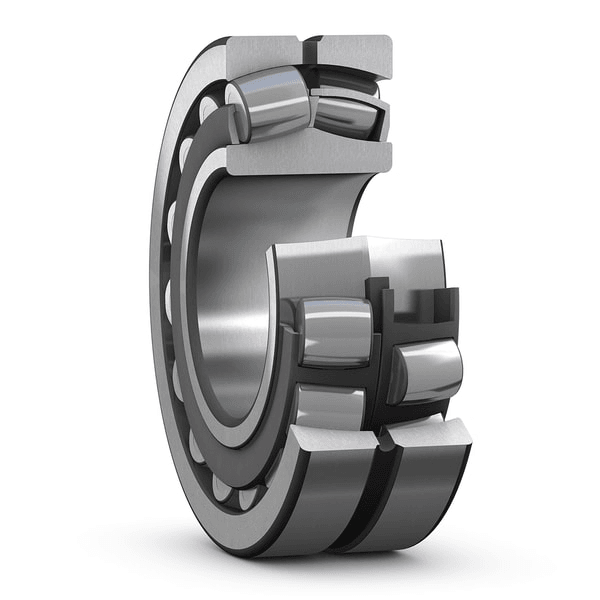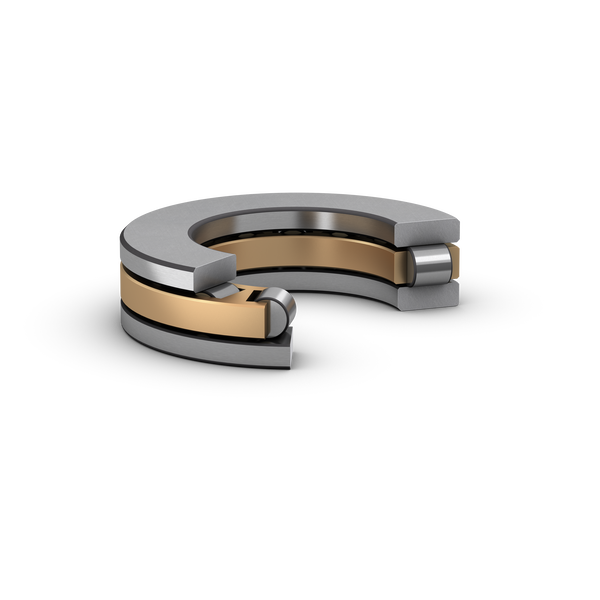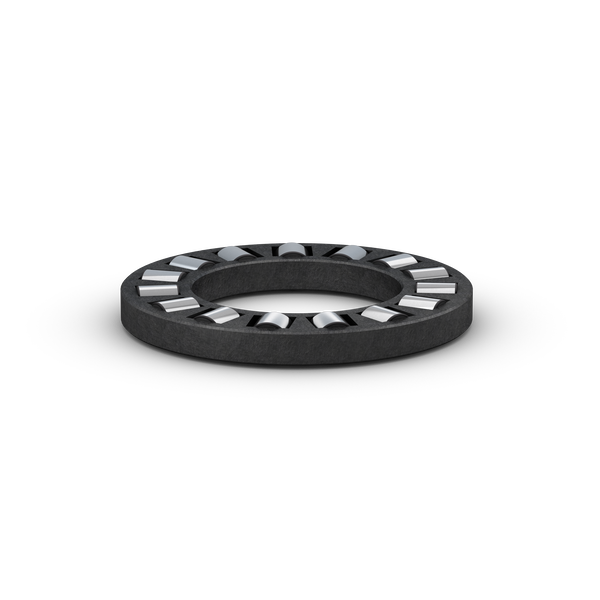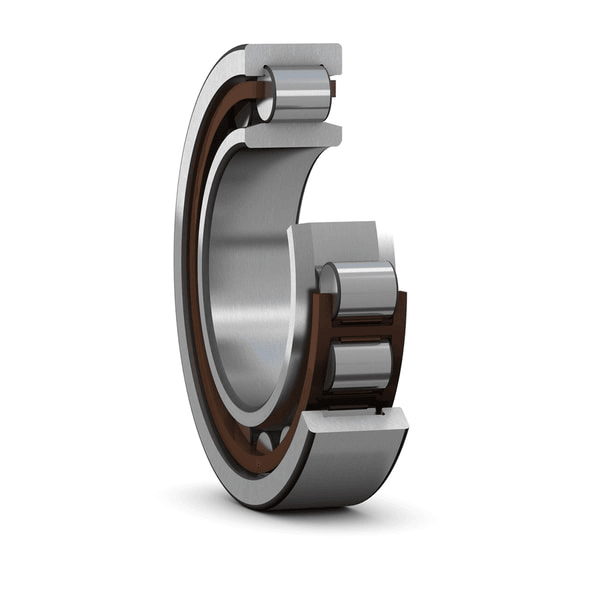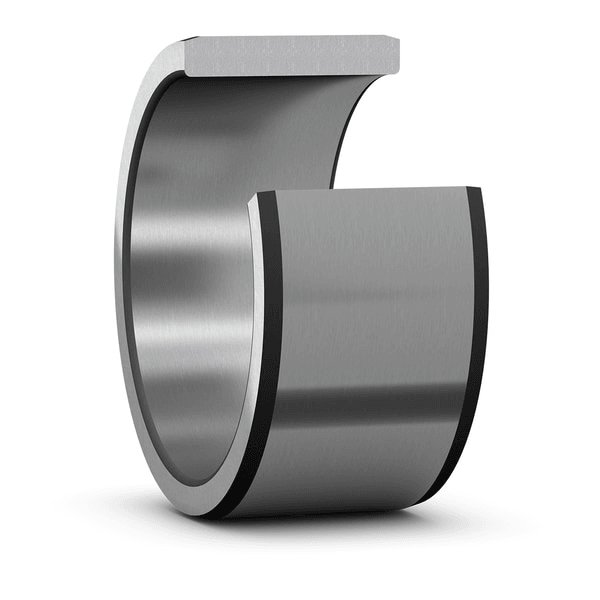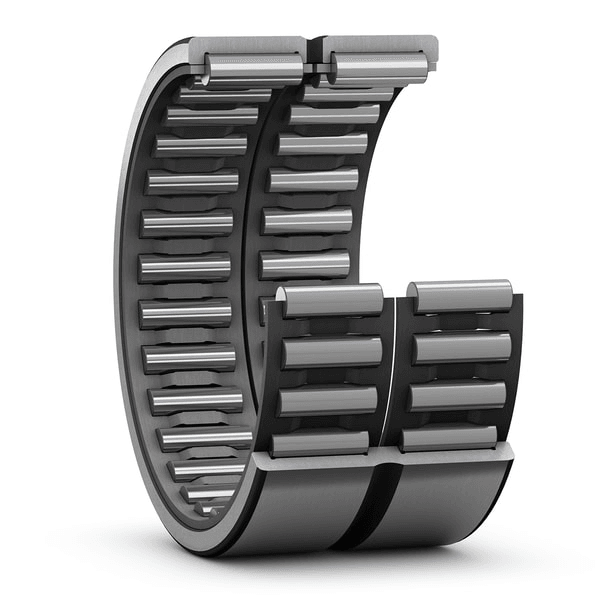Description
Linear guide bearings usually refer to linear guides and linear bearings, which are commonly used components in mechanical transmission to achieve linear motion. The following is a detailed introduction about linear guide bearings:
linear guide rail
Structural composition: composed of slider, guide rail, ball or roller, reversing device, etc. The guide rail is a fixed part, and the slider can move in a straight line along the guide rail. The ball or roller rolls between the slider and the guide rail, providing support and reducing friction. The return device allows the ball or roller to continuously circulate in the loop path.
Working principle: When the slider is subjected to external force, the ball or roller rolls between the guide rail and the slider. Due to the low rolling friction coefficient, it can achieve high-precision, low friction linear motion of the slider along the guide rail. Meanwhile, by pre tightening the ball or roller, the rigidity and accuracy of the linear guide can be improved, reducing clearance and vibration.
characteristic
High precision: capable of achieving high-precision linear motion positioning, meeting the requirements of various precision machinery and automation equipment, with positioning accuracy up to micrometer level.
High rigidity: can withstand large loads, including radial loads, axial loads, and overturning moments, ensuring smooth and accurate motion under high loads.
High speed: The characteristic of rolling friction enables the slider to achieve high-speed movement on the guide rail, improving the efficiency of the equipment.
Long lifespan: Using high-quality materials and precise processing techniques, combined with a good lubrication and sealing system, it has a long service life.
Good interchangeability: Linear guides and sliders of the same model have good interchangeability, making it easy to install, debug, and maintain.
Application areas: Widely used in the machine tool industry, such as worktable feed and tool movement for CNC machine tools, grinders, milling machines, etc; Linear motion components of automation equipment, such as logistics conveying equipment, robots, semiconductor equipment, etc; Positioning and mobile devices for medical equipment such as CT machines, operating tables, etc; In the field of aerospace, such as structural components and testing equipment for aircraft.


